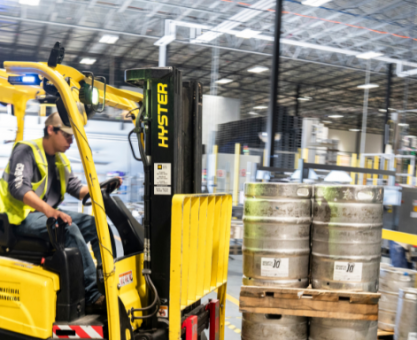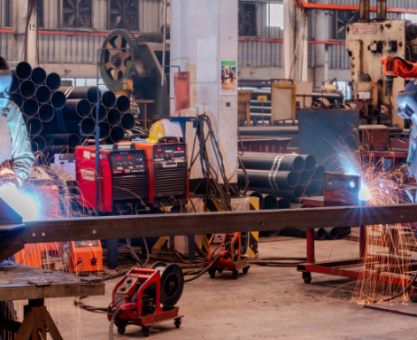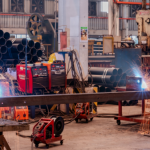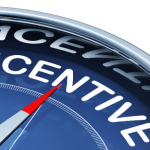Executive Summary
-
Discover how industry leaders are shaping the future of decarbonization in 2025.
-
Learn about the strategic benefits and inherent challenges of implementing decarbonization roadmaps.
-
Understand the step-by-step process to develop a robust decarbonization strategy.
-
Explore a real-world case study demonstrating successful decarbonization efforts.
-
Gain expert insights and access tools to simplify your decarbonization journey.
Introduction
As the world grapples with climate change, decarbonization has emerged as a pivotal strategy for industries aiming to reduce their carbon footprint. The importance of decarbonization cannot be overstated: it is not only a regulatory necessity but also a competitive advantage. This article delves into the decarbonization roadmaps of industry leaders in 2025, offering a comprehensive guide for businesses looking to embark on or refine their decarbonization strategies. By the end of this piece, you’ll have a clear understanding of how to develop an effective decarbonization roadmap tailored to your industry.
Definitions / Context
Decarbonization involves reducing carbon dioxide emissions through the transition to low-carbon energy sources, enhancing energy efficiency, and adopting carbon capture technologies. As industries face mounting pressure from regulators and consumers alike, understanding the nuances of decarbonization is crucial for sustainable growth and compliance.
Benefits / Pros
-
Regulatory Compliance: Adhering to environmental regulations and avoiding potential penalties.
-
Cost Savings: Long-term reductions in energy costs through enhanced efficiency and renewable energy use.
-
Market Positioning: Gaining a competitive edge by aligning with consumer demand for sustainable practices.
-
Investment Attraction: Appealing to environmentally conscious investors.
Risks / Cons / Challenges
-
Initial Investment: High upfront costs for transitioning to sustainable technologies.
-
Technological Limitations: Uncertainty around the efficacy and scalability of current technologies.
-
Operational Disruptions: Potential disruptions during the transition phase.
-
Compliance Complexity: Navigating diverse regulatory landscapes across regions.
Step-by-Step Process
-
Conduct a Carbon Audit: Assess current carbon footprint and identify key emission sources.
-
Set Clear Objectives: Define specific, measurable goals for emission reductions.
-
Develop a Strategy: Create a comprehensive plan that includes energy efficiency, renewable energy adoption, and potential carbon offsetting.
-
Implement Changes: Execute the strategy with a focus on minimizing operational disruptions.
-
Monitor and Report: Regularly track progress and adjust the strategy as needed.
A leading automotive manufacturer set a benchmark in 2025 by achieving carbon neutrality across its supply chain. By investing in renewable energy sources, enhancing manufacturing efficiency, and engaging in forest restoration projects, the company not only met its decarbonization goals but also saw a 20% increase in investor interest and a substantial boost in brand reputation.
— Automotive Leader Achieves Net Zero Supply Chain
Expert Tips / Strategic Insights
-
Embrace Innovation: Continuously explore emerging technologies and integrate them into your roadmap.
-
Stakeholder Engagement: Involve employees, suppliers, and customers in your decarbonization efforts to foster a culture of sustainability.
-
Regular Reviews: Periodically reassess your roadmap to incorporate new findings and regulatory changes.
-
Epiidosis recommends leveraging partnerships with environmental organizations to enhance credibility and impact.
Tools / Resources / Calculators
-
Carbon Footprint Calculators: Assess your current emissions with online tools.
-
Renewable Energy Estimators: Calculate potential cost savings from renewable energy adoption.
-
Decarbonization Checklists: Ensure all strategic aspects are covered with comprehensive lists.
-
Industry Reports: Access the latest trends and insights from leading environmental agencies.
Conclusion
Decarbonization is no longer optional—it’s an imperative for businesses aiming to thrive in a sustainable future. By following the lessons from industry leaders and leveraging strategic insights, businesses can develop robust decarbonization roadmaps that align with both regulatory requirements and market demands. Ready to embark on this journey? Speak to our advisors for a tailored decarbonization strategy.






















